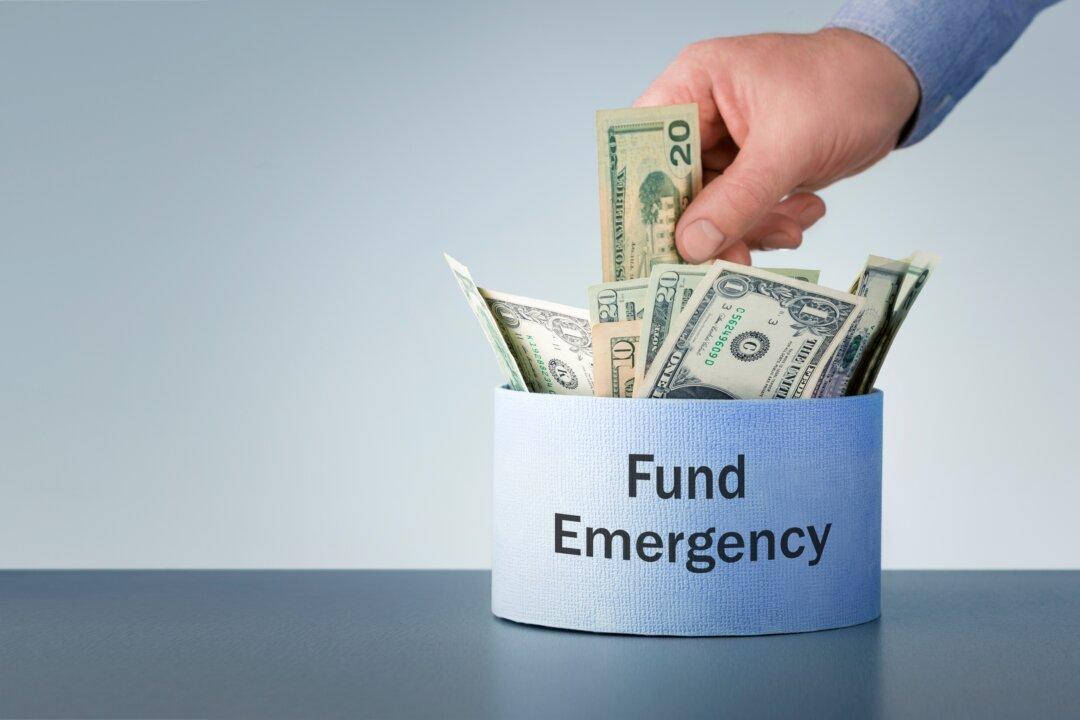APE, the new preferred share class of the AMC movie theatre chain, began trading on the New York Stock Exchange this week—and it sure is intriguing. In the age of the “meme stock” and Reddit groups manipulating the market, it’s unlikely that this will be the last unorthodox investment scheme we see in the near future.
Why APE Came to Be
During the pandemic, AMC saw a rise in its stock, largely due to its growing fanbase of investors, which call themselves Apes. This fanbase, with followers as rabid as some sports fans, put AMC in a unique position. AMC CEO Adam Aron knows this, and has chosen to lean into his company’s cult-like following of individual traders, seeing it as a way to shore up the company’s finances in a time of uncertainty.Many movie theater chains are still fighting to keep their head above water from the effects of the pandemic. For example, Cineworld, the British owner of the Regal Cinemas empire, is on the verge of filing for bankruptcy in the United States as its debt has grown to $5 billion. AMC appears to be taking on an even larger load, as its debt has climbed to $5.4 billion.





